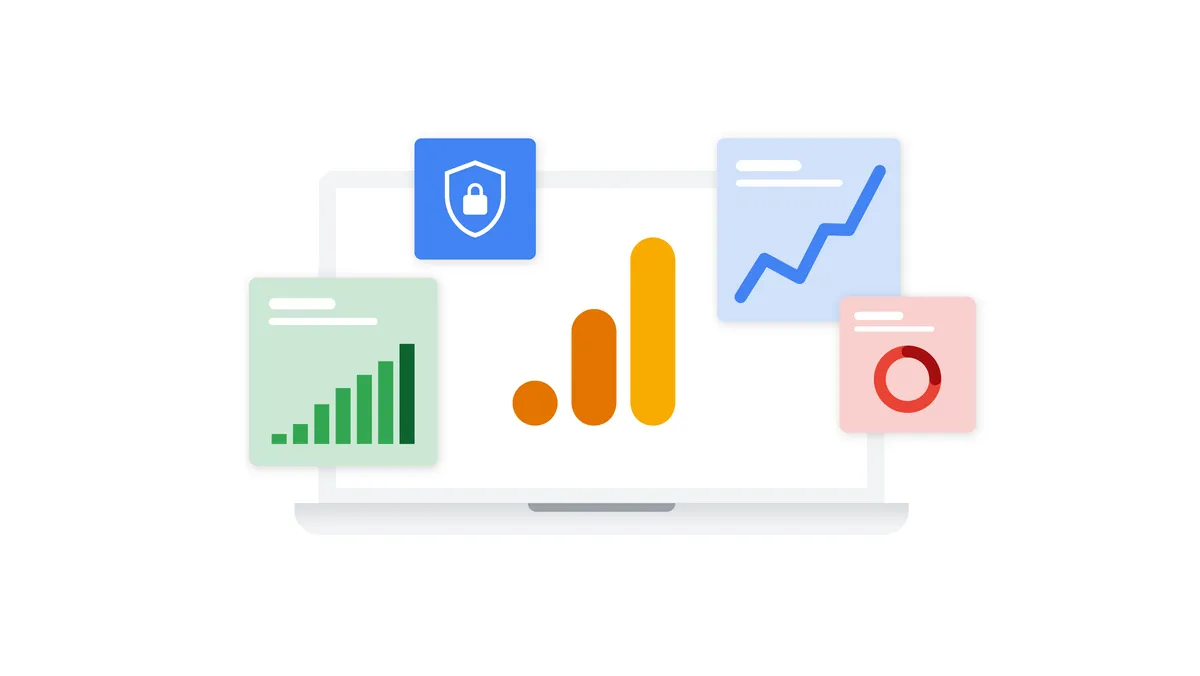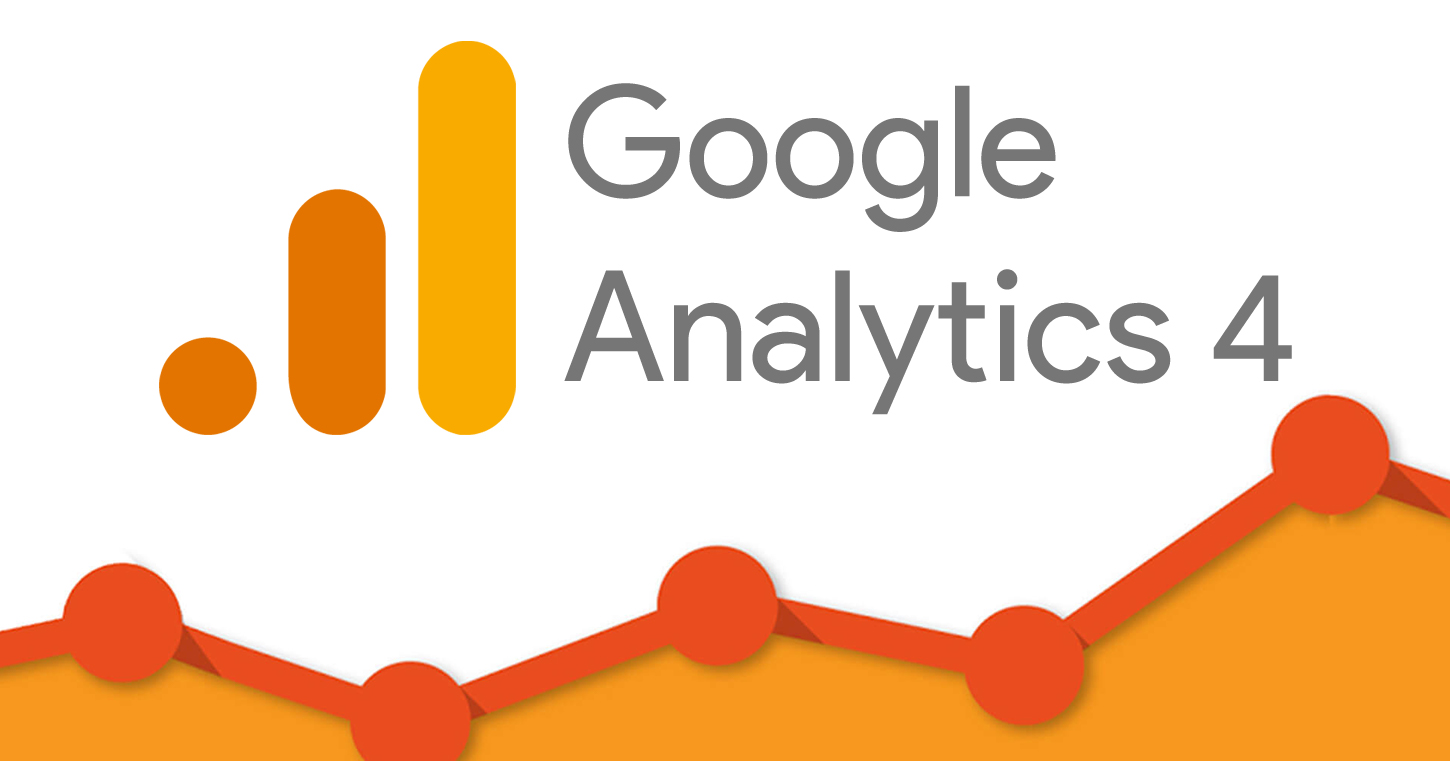Discover What is a "Dimension" in Google Analytics: Trick Ideas Clarified
Discover What is a "Dimension" in Google Analytics: Trick Ideas Clarified
Blog Article
Transform Your Information Analysis With Professional Tips on Google Analytics Dimensions
Enhancing your information analysis abilities via Google Analytics dimensions can be a game-changer in deciphering the ins and outs of user interactions and on-line traffic. Via expert ideas and strategies in utilizing Google Analytics measurements, a world of untapped prospective beckons, assuring a deeper understanding of your on the internet ecosystem.
Comprehending Google Analytics Capacities
Google Analytics Dimensions play a critical role in supplying beneficial insights into the efficiency of a website or online platform. Measurements are attributes of information that permit you to segment and organize your analytics data. They give context to the metrics being examined, providing a much deeper understanding of individual actions, web traffic resources, and various other essential performance signs. By making use of dimensions properly, companies can customize their methods to meet the requirements and assumptions of their target audience.
Dimensions categorize data into different teams, such as web traffic sources, customer demographics, actions, and modern technology utilized. This segmentation allows companies to determine patterns, patterns, and chances for optimization. Recognizing the numerous measurements available in Google Analytics is essential for interpreting information precisely and making informed choices to boost web site performance and customer experience.
Selecting the Right Dimensions
Selecting the ideal dimensions in your Google Analytics setup is a critical part in successfully examining and interpreting information. Measurements in Google Analytics refer to the attributes of your information, such as source, medium, tool type, or geographic area. When picking dimensions, consider what specific understandings you aim to acquire from your data evaluation.

It is important to pick dimensions that straighten with your service objectives and the inquiries you look for to answer. By picking the ideal dimensions, you can boost the depth and precision of your information evaluation, bring about even more enlightened decision-making and workable understandings.
Using Personalized Capacities Properly
When aiming to dig much deeper into particular data points beyond the standard dimensions offered by default in Google Analytics, using personalized measurements can supply a tailored method to monitoring and evaluating special metrics. Personalized dimensions enable you to specify and accumulate data that matters most to your company, offering a much more detailed sight of customer communications and actions on your internet site. By developing custom measurements, you can sector and assess information based upon specifications certain to your organization objectives, such as client demographics, material interactions, or advertising campaign performance. This see this level of personalization enables you to get insights that common measurements might not record, bring about even more educated decision-making procedures and targeted optimization techniques. To successfully use custom-made dimensions, it is necessary to plan and implement them attentively, ensuring they align with your information and purposes evaluation requires. Consistently assessing and fine-tuning your custom-made dimensions based upon altering organization needs is key to making best use of the worth they bring to your Google Analytics information analysis initiatives.

Advanced Methods for Measurement Evaluation
For extensive data analysis and getting beneficial insights from your Google Analytics reports, grasping innovative strategies for dimension analysis is vital. Advanced strategies for measurement evaluation involve diving deeper into the data to uncover even more thorough understandings. One such strategy is segmenting measurements to create more targeted analysis. By combining multiple dimensions, such as traffic sources and user demographics, you can acquire a much better understanding of exactly how different sections of your audience behave on your site.
One more sophisticated method is utilizing custom reports to analyze dimensions throughout various metrics. This permits you to contrast and compare how details measurements effect various aspects of your internet site efficiency. Furthermore, leveraging the power of secondary measurements can supply extra context to primary measurements, supplying a much more extensive view of your information.

Improving Data Visualization With Measurements
To enhance the understanding and interpretation of information accumulated via Google Analytics, boosting data visualization with dimensions is a strategic method. Dimensions in Google Analytics provide great site descriptive attributes of data, making it possible for users to segment and organize information for clearer insights.
Improving data visualization with dimensions not only streamlines the discussion of information yet additionally help in making educated choices based upon the evaluation. Aesthetic representations use a fast and user-friendly method to understand essential metrics and performance indicators, helping with communication and collaboration within an organization. By incorporating measurements right into information visualization methods, services can unlock the full potential of their Google Analytics information and drive data-informed methods for development and optimization.
Final Thought
In final thought, mastering Google Analytics measurements is necessary for unlocking valuable understandings and improving decision-making. By very carefully selecting measurements lined up with vital performance indicators, using custom measurements efficiently, and using next page sophisticated techniques such as division and secondary measurements, you can discover patterns in customer habits and traffic resources. Improving data visualization with clear depictions of findings will additionally help in interpreting intricate data and driving efficient growth methods.
When aiming to delve deeper into details data points past the basic measurements provided by default in Google Analytics, using custom-made dimensions can provide a customized approach to tracking and examining one-of-a-kind metrics. Additionally, leveraging the power of second measurements can offer added context to primary dimensions, using an extra comprehensive view of your data.
To improve the understanding and interpretation of data collected via Google Analytics, enhancing information visualization with measurements is a tactical strategy (what is a “dimension” in google analytics?). By integrating measurements into data visualization techniques, companies can unlock the full possibility of their Google Analytics information and drive data-informed approaches for growth and optimization
By carefully picking dimensions lined up with vital performance indications, using custom-made measurements properly, and using innovative strategies such as division and additional dimensions, you can discover patterns in individual behavior and traffic sources.
Report this page